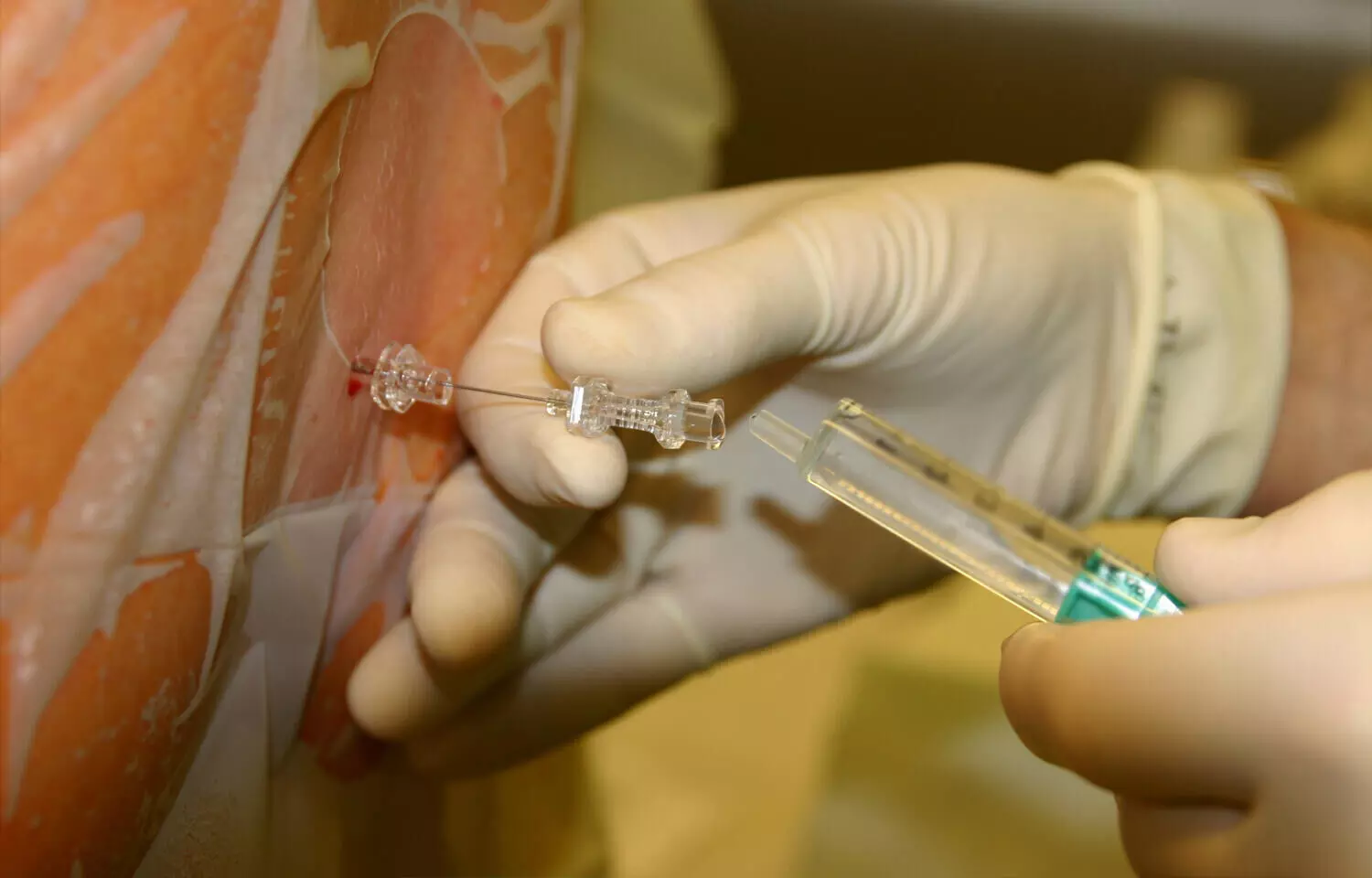Maternal depression can lead to children’s emotional overeating, study shows

Up to 25% of new mothers suffer from postpartum depression, which can significantly impact their parenting behavior and the wellbeing of their children. A new study from the University of Illinois Urbana-Champaign looks at long-term effects of early maternal depression on children, underscoring the need to provide adequate support for mothers who might be struggling.
“We wanted to explore how mother’s early postpartum depression might influence children’s executive function and emotional overeating, focusing on the psychological mechanisms driving the effects,” said lead author Samantha Iwinski, postdoctoral research associate in the Department of Human Development and Family Studies at Illinois.
“Emotional overeating is about using food to cope with stress or emotions rather than using it to satisfy hunger. Instead of thinking about food as a source of nourishment or enjoyment, it becomes a coping strategy for negative emotions. If children aren’t able to talk about their emotions or show how they really feel, they may react to a stressful situation by grabbing something to eat,” Iwinski said.
The study included families participating in the Midwest STRONG Kids2 project, which investigates how individual biology interacts with the family environment to promote healthy eating habits in young children. Mothers filled out questionnaires to assess postpartum depression at six weeks, children’s emotional functioning at 24 months, and children’s eating behavior at 48 months.
The researchers analyzed the data using the biopsychosocial pathways model, which outlines how interactions between biological, psychological, and social factors affect health outcomes, including appetite self-regulation. They focused on postpartum depression as a critical social factor predicting children’s emotional overeating, mediated through emotional and cognitive psychological processes.
“In our sample, almost 12% of mothers met the criteria for postpartum depression, and we found that maternal postpartum depression at six weeks negatively influenced children’s executive function with inhibition and emotional control at 24 months and overeating at 48 months,” Iwinski said.
“Inhibition involves being able to control one’s attention, behaviors, and thoughts. This can include doing what may be appropriate in a given situation, which may involve overriding internal predispositions For example, if a child is doing their homework and the TV is playing, they can direct their attention and focus on their homework rather than the TV. Emotional control is about being able to regulate oneself when certain situations are happening; for example, crying might help in response to distress.”
In addition to the indirect effects on eating behavior through executive functioning, there was also a direct correlation between maternal depression and children’s overeating.
Mothers who suffer from postpartum depression may be less responsive to their children’s cognitive and emotional needs, which can affect healthy development and capacity for self-regulation. Women with postpartum depression symptoms may also engage in appetite fluctuation, modeling this behavior for their children.
The researchers say their findings underscore the need for early intervention and support for women who suffer from depression.
“By supporting the mother’s mental health, we’re really supporting the families, because of the long-term effects on children. It’s important to have early identification of what might be happening in order to help families teach their children healthy strategies for coping with emotions, such as play, mindfulness, or even just talking about our feelings,” Iwinski stated.
“Teachers and other supportive adults can also participate in supporting children and families. For example, they can be looking at eating patterns, noticing how children might be reacting in certain situations, and if food might be a coping mechanism for them. They can then use that information to talk about other ways to deal with emotions and bring the family more into the conversation.”
Reference:
Samantha J. Iwinski, Sehyun Ju, Qiujie Gong, Kelly K. Bost, Maternal postpartum depression and children’s emotional overeating: The mediating role of executive function, Eating Behaviors, https://doi.org/10.1016/j.eatbeh.2025.101945.
Powered by WPeMatico




